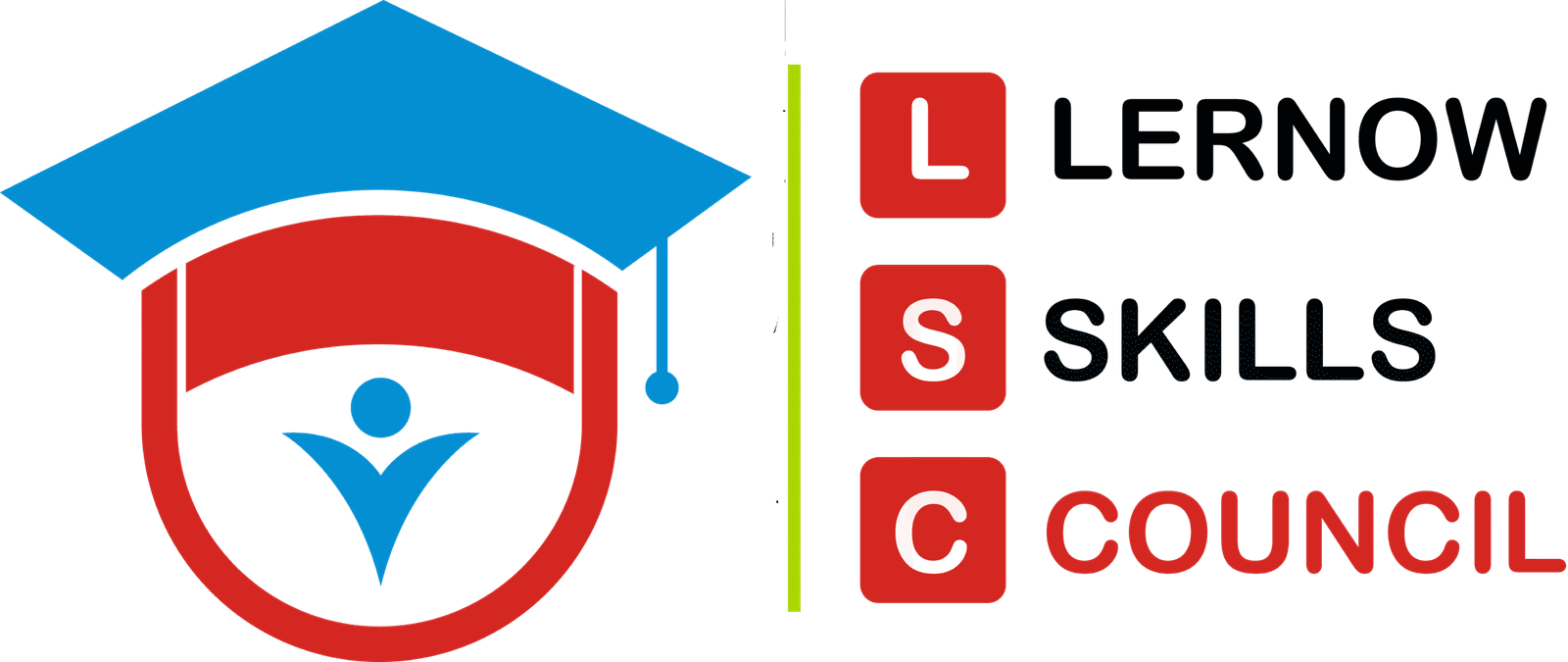Description
. Program Duration
-
Full-time: 6 – 9 months (2 semesters)
-
Part-time: 12 – 18 months
3. Mode of Delivery
-
In-person (with significant hands-on field component)
-
Hybrid (theory online, practical labs in-person)
4. Target Audience
-
High school graduates seeking a skilled technical career.
-
Individuals interested in outdoor work and technology.
-
Construction workers looking to upskill and specialize.
-
Career changers seeking a stable, in-demand profession.
5. Learning Objectives
Upon successful completion of this certificate, students will be able to:
-
Operate and maintain key surveying instruments (e.g., Total Stations, GPS/GNSS receivers, Levels).
-
Perform precise linear and angular measurements.
-
Assist in boundary, construction, and topographic surveys.
-
Record, calculate, and manage survey data accurately using field books and software.
-
Create basic sketches and plots from survey data.
-
Understand fundamental legal principles of property boundaries and land tenure.
-
Apply critical health and safety standards on survey sites.
6. Course Curriculum (Sample Modules)
| Module Code | Module Name | Description |
|---|---|---|
| LSA 101 | Introduction to Geomatics & Surveying | History of surveying, types of surveys (boundary, topographic, construction), overview of the industry, and the role of a survey assistant. |
| LSA 102 | Surveying Mathematics & Calculations | Applied math for surveying: algebra, trigonometry, coordinate geometry, error theory, and traverse calculations. |
| LSA 103 | Measurement Theory & Instrumentation | Principles of distance, angle, and elevation measurement. Introduction to tapes, levels, theodolites, and their modern equivalents. |
| LSA 104 | Field Procedures I (Conventional Surveying) | Hands-on Lab: Operation of automatic and digital levels for differential leveling. Use of Total Stations for angle and distance measurement. Field note keeping. |
| LSA 105 | Field Procedures II (GPS/GNSS Surveying) | Hands-on Lab: Principles of Global Navigation Satellite Systems (GNSS). Operation of RTK (Real-Time Kinematic) and static GPS receivers for data collection. |
| LSA 106 | Survey Drafting & CAD Fundamentals | Introduction to Computer-Aided Drafting (CAD) software (e.g., AutoCAD, Civil 3D). Plotting survey points, creating simple maps, and basic drawing management. |
| LSA 107 | Legal Principles of Land Surveying | Introduction to land law, property descriptions, deeds, plat maps, easements, and the role of evidence in boundary retracement. |
| LSA 108 | Construction Surveying Basics | Layout of buildings, roads, and utilities. Grade setting, cut/fill calculations, and as-built surveys. |
| LSA 109 | Professional Practice & Safety | Workplace safety (WHMIS, first aid, site hazards), professional ethics, communication skills, and teamwork. |
| LSA 110 | Capstone Field Project | A comprehensive project where students work in teams to complete a simulated boundary and topographic survey from initial planning to final map production. |
7. Assessment Methods
-
Practical field exams and instrument proficiency tests
-
Written examinations and quizzes
-
CAD drafting assignments and portfolio
-
Field book and data calculation assignments
-
Capstone project presentation and report
8. Career Pathways / Job Roles
Graduates are qualified for entry-level positions such as:
-
Survey Assistant / Survey Rodperson / Chainperson
-
Survey Technician
-
GIS Technician (with additional training)
-
Construction Layout Technician
-
CAD Operator (Drafter)
-
Field Data Collector
9. Entry Requirements / Prerequisites
-
High school diploma or equivalent (GED).
-
Grade 12 English and Mathematics (Algebra/Geometry) are typically required.
-
Strong analytical and problem-solving skills.
-
Physical ability to work outdoors in various weather conditions and traverse rough terrain.
-
A valid driver’s license is often recommended.
10. Required Materials & Tools
-
Scientific Calculator (Trig functions essential)
-
Field Book (Rite in the Rain or equivalent)
-
Safety Boots (CSA-approved)
-
High-Visibility Vest
-
Weather-appropriate outdoor clothing
-
(Note: Major surveying equipment is usually provided by the institution)
11. Program Benefits
-
High Demand: Constant need in construction, infrastructure, and land development.
-
Hands-On Learning: Minimal classroom theory, maximum practical experience.
-
Short Duration: Quick entry into the workforce.
-
Career Ladder: Serves as a perfect stepping stone to becoming a Licensed Land Surveyor with further education and experience.
-
Outdoor/Office Balance: Offers a mix of field work and computer-based tasks.




